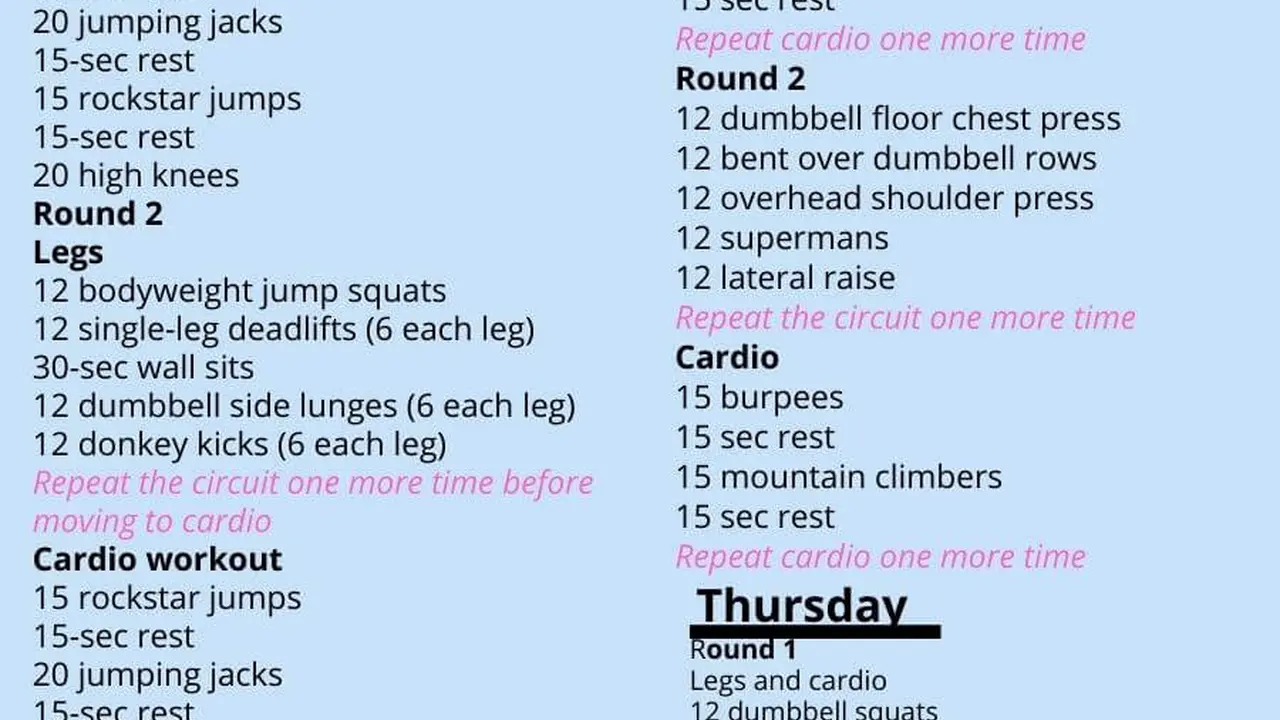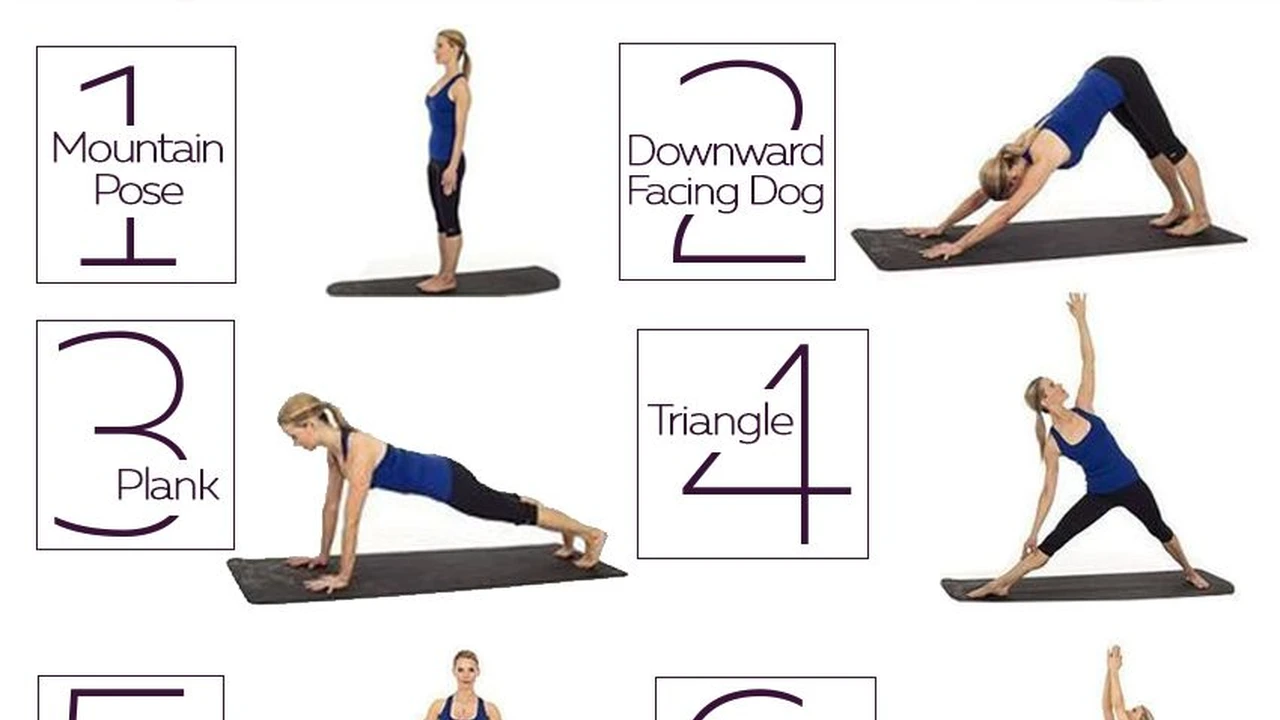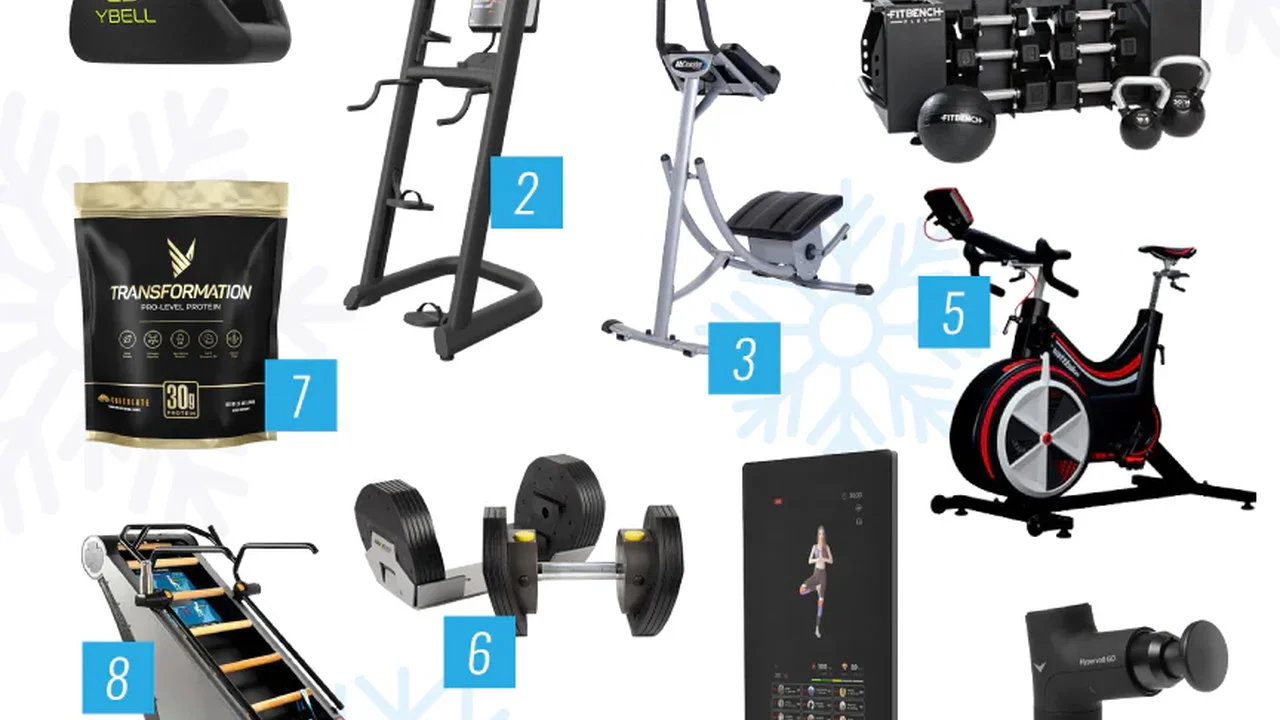7 Best Exercises for a Full-Body Workout at Home
Looking for a full-body workout you can do at home? Discover 7 effective exercises that require no equipment. Build strength, burn calories, and improve your fitness without leaving your house. Get fit from the comfort of your own home!

Home Workout Essentials No Equipment Needed
Okay, so you wanna get fit but the gym's not your vibe, or maybe your wallet's crying out for mercy? No worries! You can totally crush your fitness goals with a killer full-body workout right in your living room. Forget fancy equipment, we’re talking bodyweight exercises that'll have you sweating and feeling amazing. Let's dive into the seven best exercises you can do at home, no equipment required!
Squats Your Foundation for Lower Body Strength
Squats are the king (or queen!) of lower body exercises. They work your quads, hamstrings, glutes, and even your core.
How to do it:
- Stand with your feet shoulder-width apart, toes slightly pointed out.
- Keep your chest up and your back straight.
- Lower your hips as if you’re sitting back into a chair.
- Go as low as you comfortably can, ideally until your thighs are parallel to the floor.
- Push through your heels to return to the starting position.
Reps: Aim for 3 sets of 10-12 reps.
Pro Tip: Squeeze your glutes at the top of the movement for extra booty activation!
Push-Ups Building Upper Body Strength with Bodyweight
Push-ups are a classic for a reason – they're incredibly effective for building upper body strength. They work your chest, shoulders, triceps, and even your core.
How to do it:
- Start in a plank position with your hands shoulder-width apart, fingers pointing forward.
- Lower your body until your chest almost touches the floor.
- Push back up to the starting position, keeping your body in a straight line.
Reps: Aim for 3 sets of as many reps as you can (AMRAP).
Modification: If regular push-ups are too challenging, try doing them on your knees.
Lunges Targeting Quads Glutes and Hamstrings
Lunges are fantastic for working your quads, glutes, and hamstrings individually, helping to improve balance and coordination.
How to do it:
- Stand with your feet hip-width apart.
- Step forward with one leg, lowering your hips until both knees are bent at a 90-degree angle.
- Make sure your front knee is directly over your ankle, and your back knee is not touching the floor.
- Push off your front foot to return to the starting position.
- Repeat on the other side.
Reps: Aim for 3 sets of 10-12 reps per leg.
Pro Tip: Keep your core engaged throughout the movement to maintain stability.
Plank Core Strengthening for Stability
The plank is an isometric exercise that strengthens your core, improving stability and posture.
How to do it:
- Start in a plank position with your forearms on the floor, elbows directly under your shoulders.
- Keep your body in a straight line from head to heels.
- Engage your core and hold the position.
Duration: Aim for 3 sets of 30-60 seconds.
Modification: If a full plank is too challenging, try doing it on your knees.
Glute Bridges Activating Your Glutes and Hamstrings
Glute bridges are excellent for activating your glutes and hamstrings, improving hip extension and lower back stability.
How to do it:
- Lie on your back with your knees bent and your feet flat on the floor.
- Engage your core and squeeze your glutes to lift your hips off the floor.
- Keep your body in a straight line from your shoulders to your knees.
- Hold the position for a few seconds, then slowly lower your hips back to the floor.
Reps: Aim for 3 sets of 12-15 reps.
Pro Tip: Add a resistance band around your thighs for extra glute activation.
Walking Plank Engaging Core and Shoulders
Walking planks are a dynamic exercise that engages your core, shoulders, and arms.
How to do it:
- Start in a plank position on your forearms.
- Place one hand on the ground, then the other, pushing up into a full plank on your hands.
- Lower back down to your forearms one arm at a time.
- Repeat, alternating which arm you lead with.
Reps: Aim for 3 sets of 8-10 reps per arm.
Superman Back Strengthening and Posture Improvement
Supermans are great for strengthening your back muscles and improving posture.
How to do it:
- Lie face down on the floor with your arms and legs extended.
- Engage your core and lift your arms and legs off the floor simultaneously.
- Hold the position for a few seconds, then slowly lower back down.
Reps: Aim for 3 sets of 12-15 reps.
Pro Tip: Focus on squeezing your back muscles as you lift your arms and legs.
Sample Home Workout Routine Using These Exercises
Here's a sample routine you can follow, combining all the exercises we just went over. Remember to adjust the reps and sets based on your fitness level.
- Squats: 3 sets of 10-12 reps
- Push-Ups: 3 sets of AMRAP
- Lunges: 3 sets of 10-12 reps per leg
- Plank: 3 sets of 30-60 seconds
- Glute Bridges: 3 sets of 12-15 reps
- Walking Plank: 3 sets of 8-10 reps per arm
- Superman: 3 sets of 12-15 reps
Progression and Modification Increasing the Challenge
As you get stronger, you can increase the difficulty of these exercises by adding more reps, sets, or by trying more challenging variations. For example, you can try pistol squats (single-leg squats), decline push-ups (feet elevated), or weighted planks (adding weight to your back).
If you're just starting out, don't be afraid to modify the exercises to make them easier. The most important thing is to focus on proper form and listen to your body.
Why Bodyweight Training is Awesome
Bodyweight training is an amazing way to get fit because it's convenient, cost-effective, and can be done anywhere, anytime. It also helps improve your functional strength, balance, and coordination. Plus, it's a great way to build muscle and burn calories without putting excessive stress on your joints.
Staying Consistent and Motivated for Long Term Fitness
The key to success with any fitness program is consistency. Set realistic goals, find a workout buddy, and make exercise a part of your daily routine. Reward yourself for reaching milestones, and don't get discouraged if you miss a workout or two. Just get back on track as soon as possible.
Advanced Bodyweight Exercises for Continued Growth
So, you've mastered the basics? Awesome! Let's kick things up a notch with some advanced bodyweight exercises to really challenge yourself.
- Pistol Squats: These single-leg squats are a killer for balance and lower body strength.
- Handstand Push-Ups (against a wall): Serious upper body and core work.
- Pull-Ups (you'll need a bar): The ultimate back and bicep exercise.
- Muscle-Ups (advanced pull-up variation): Combines a pull-up with a dip for incredible upper body power.
Nutrition and Recovery Fueling Your Bodyweight Workouts
Don't forget, fitness isn't just about the workouts. Nutrition and recovery are just as important.
- Protein: Crucial for muscle repair and growth. Think lean meats, eggs, Greek yogurt, beans.
- Carbs: Provide energy for your workouts. Opt for complex carbs like brown rice, quinoa, sweet potatoes.
- Healthy Fats: Important for hormone production and overall health. Avocados, nuts, seeds, olive oil are great choices.
- Sleep: Aim for 7-9 hours of quality sleep per night to allow your body to recover.
- Hydration: Drink plenty of water throughout the day.
Tracking Progress and Setting New Goals
Keep track of your progress! This could be through photos, measurements, or simply noting how many reps you can do. Setting new goals will keep you motivated and challenged. Maybe you want to increase the number of push-ups you can do, or finally nail that pistol squat.
No Equipment But You Still Need a Good Mat and Some Music
While this routine is *technically* no-equipment, a good yoga mat can make a world of difference for comfort and grip. I personally love the Manduka PROlite Yoga Mat. It's a bit pricey (around $120), but it's durable, provides excellent grip, and is eco-friendly. A cheaper alternative is the Gaiam Essentials Thick Yoga Mat (around $25), which is a great option for beginners. Also, don't underestimate the power of a good playlist!
Listen to Your Body and Modify as Needed
The most important thing is to listen to your body. If you're feeling pain, stop and rest. Don't push yourself too hard, especially when you're just starting out. Modify the exercises as needed to make them work for you. Fitness is a journey, not a race! Enjoy the process and celebrate your progress. You got this!
:max_bytes(150000):strip_icc()/277019-baked-pork-chops-with-cream-of-mushroom-soup-DDMFS-beauty-4x3-BG-7505-5762b731cf30447d9cbbbbbf387beafa.jpg)





